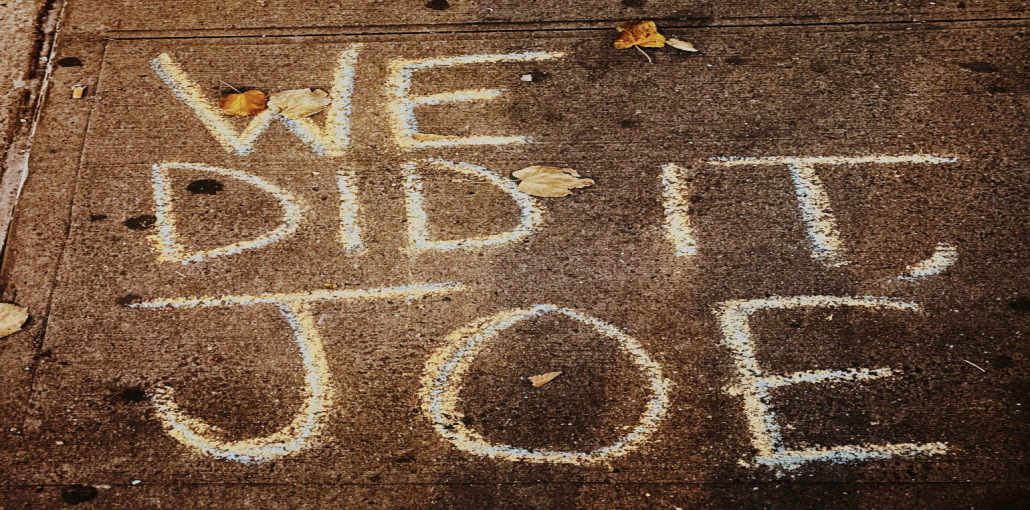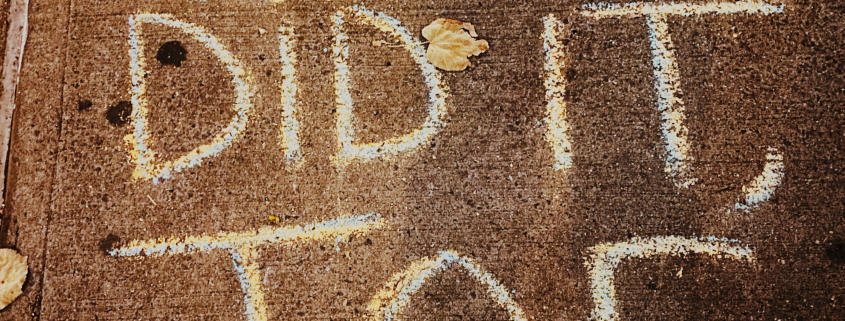Biden’s latest decision is students’ saving grace

With the national student debt count reaching a whopping $1.6 trillion, and debt for new graduates averaging $25,000, I was pleasantly surprised by the White House announcement on Wednesday. President Biden is promising up to $20,000 in loan forgiveness for Pell Grant recipients and $10,000 for non-Pell Grant recipients — a breath of fresh air for the 94% of Pell Grant recipients with incomes of $60,000 or less.
Naturally — like everything else in politics — this announcement was met with immediate mixed reactions and inevitable disapproval. FOX News staff argued that education is indeed not a right, but an investment, stating “you expect to put money down because it’s going to pay off in the future.”
Suggesting that low-income individuals are making an “investment” that will actually burden them with thousands of dollars in debt for the rest of their lives is an ignorant statement that comes embarrassingly easy to white and affluent people such as FOX News guest professor Brian Brenberg.
As if this initial objection against loan forgiveness wasn’t unreasonable enough, NBC’s Instagram comments were flooded by users complaining how they didn’t get to benefit from the loan forgiveness under a post of Biden’s press conference. “The answer is YES, it is 100% unfair to those who paid off their student loans….This policy is a slap in the face to everyone who took responsibility for their debt. Unbelievable,” said Instagram user @charlitos305.
Although I understand that hearing this news after paying off one’s debt is unfortunate timing, I was disheartened to hear this “not fair” plea. No one ever said that life was fair, but that doesn’t mean one should get in the way of others avoiding unnecessary hardships in their life that have tangible, adverse effects.
What I get from statements like these is that you would rather see people suffocate in debt — likely for the rest of their lives — simply because you aren’t impoverished enough to benefit from something that is intended to pull people out of demoralizing circumstances? Give me a break.
As Instagram user @joelswollsteen said under the same post, “Why are conservatives such haters, man? Stfu and let someone else catch a W.”
Even though this is certainly a “W” for many students such as myself, it is a step in the right direction more than anything.
In addition to the initial loan forgiveness, the White House Fact Sheet also promises discounted monthly loan payments for undergrads, forgiveness on loan balances after 10 years of payments and to cover a borrower’s monthly interest so long as monthly payments are made in a timely manner.
Even though I don’t get paid enough to solve the nation’s problems myself, I agree with Adam Looney, a Nonresident Senior Fellow with The Brookings Institution — responding with an equitable approach rather than a “one size fits all” would best benefit Americans with loans in a way that would also support our economy.
Looney proposes that the most effective relief plan for those who need it would come in the form of IDR plans — otherwise known as “income-driven repayment plans” where monthly loan payments are calculated based on borrower’s income and all other debt is forgiven after 25 years of consistent payment. According to Looney, IDR plans could be the way to sustainably and fairly gain the favor and trust of American borrowers after decades of skepticism and resentment toward the student lending system.
I’m sure that when the time comes, the logistics of the entire operation will be much more nuanced than what has been the case in the past because of the efforts and strong push for student loan forgiveness by activists. For now, I am happy in knowing that progress is being made for us students — regardless of age, profession or eventual graduation year. With the recent increase in tuition at USC, processing delays with financial aid and students receiving seemingly smaller and smaller aid packages, it is slightly less demoralizing that perhaps a lifetime of debt does not await us all.

